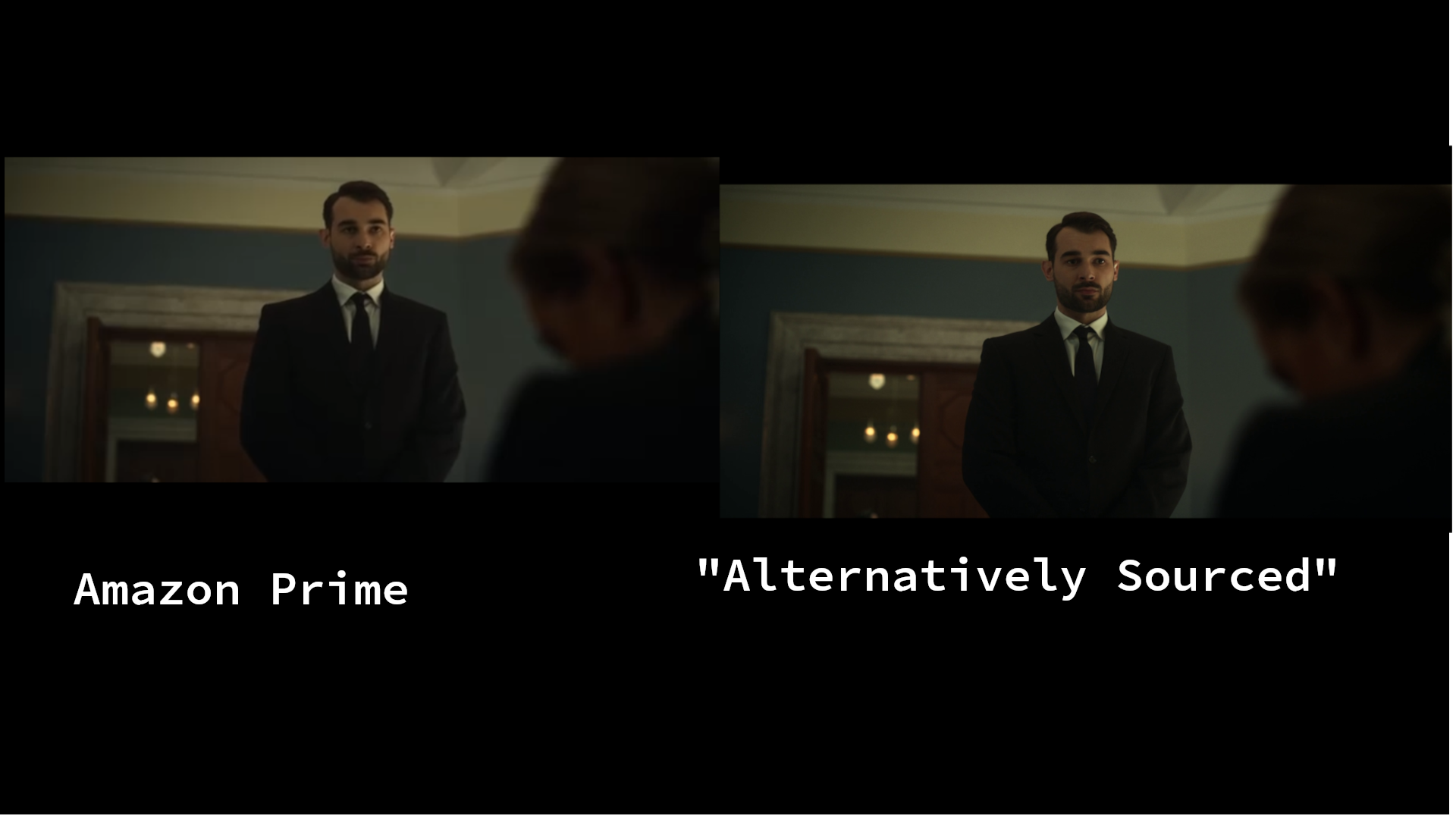this post was submitted on 01 Feb 2024
448 points (94.4% liked)
Piracy: ꜱᴀɪʟ ᴛʜᴇ ʜɪɢʜ ꜱᴇᴀꜱ
54788 readers
709 users here now
⚓ Dedicated to the discussion of digital piracy, including ethical problems and legal advancements.
Rules • Full Version
1. Posts must be related to the discussion of digital piracy
2. Don't request invites, trade, sell, or self-promote
3. Don't request or link to specific pirated titles, including DMs
4. Don't submit low-quality posts, be entitled, or harass others
Loot, Pillage, & Plunder
📜 c/Piracy Wiki (Community Edition):
💰 Please help cover server costs.
 |
 |
|---|---|
| Ko-fi | Liberapay |
founded 1 year ago
MODERATORS
you are viewing a single comment's thread
view the rest of the comments
view the rest of the comments


Presumably you know, but for anyone else: the word for this is "transparent." It's when the codec leaves no noticeable artifacts.
Huh, there's a term for that? TIL
Y'know, there's a similar one used in the gemstone industry: "eye clean," which only applies if the stone has no inclusions (artifacts) that can be seen with the naked eye. As you can imagine, it's usually a pretty desirable trait, especially in diamonds. It doesn't really matter if there's random garbage floating around in it, it just has to be undetectable to our human eyes.
Misread as "gaming industry" and was briefly very confused.
How would you use that in a sentence? Like "You can compress the hell out of the video and it's transparent"?
You'd describe the encoding, not the source. The fun part is that it also applies to audio. "At 256 kbps, MP3 is transparent."
It only applies to lossy codecs. Lossless codecs, by definition, have no error. "Error" itself being a borrowed term. Good encodings don't have fewer errors... they have less error. For example, measured as mean squared error, where an individual sample being very wrong counts more than many samples being slightly wrong.
Yeah, from the re-encodes I've done, I only noticed artifacts in clouds and the New Line Cinema intro to lord of the Rings